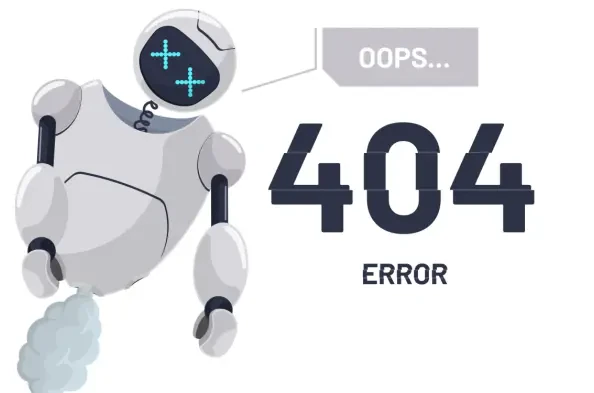Generative AI systems, particularly those supported by large language models, are heralded as a transformative force across industries. The capability to generate human-like text offers vast possibilities, but inaccuracies often shadow these accomplishments. With the proliferation of Generative AI in various sectors, understanding these inaccuracies and how to address them has become critical. This review dissects the GenAI technology, examining its core functionalities, features, and the significant challenge of error mitigation.
Understanding Generative AI: Strengths and Limitations
Generative AI operates on the principles of recreating coherent text by analyzing vast datasets. At the heart of this process are large language models (LLMs), which use statistical probabilities to predict word sequences. By tapping into these probabilities, LLMs craft outputs resembling human language. Despite their advanced sophistication, these systems do not genuinely comprehend the content, resulting in occasional inaccuracies that users must navigate.
A significant aspect of GenAI’s functionality lies in human-like text generation. The models strive to create plausible outputs by understanding semantics, but their statistical nature can sometimes lead to errors. The convincing nature of the generated text may mask these discrepancies, posing a significant challenge for users and businesses that rely heavily on the accuracy of AI-generated content.
Advancements and Innovations in Generative AI
Recent years have seen remarkable developments within GenAI technologies, with innovations driving both industry adoption and consumer interest. The continuous improvement of algorithms and frameworks has facilitated more sophisticated content generation capabilities. Innovations have allowed for a more diverse range of applications, influencing both the way businesses operate and enhancing user experiences.
These technological advancements have also resulted in shifting consumer behavior. As GenAI gains traction, users show increased reliance on its capabilities for various tasks, from content creation to automated customer service. However, these benefits come with the challenge of managing and mitigating the errors inherently present in AI-generated content to ensure reliability.
Embracing GenAI Across Industries
The adaptability of GenAI has significantly altered the landscape of numerous industries. Sectors such as media, healthcare, and finance leverage its potential to enhance operations, improve efficiency, and generate insightful data analyses. These applications showcase the versatility and transformative impact that Generative AI has across different domains, underscoring its growing importance in modern technology ecosystems.
Notable implementations highlight how GenAI can tackle unique challenges. In media, for instance, it aids in content generation, streamlining the creation process. In healthcare, GenAI contributes to research by producing medical documents. These diverse examples illustrate how industries creatively integrate GenAI to address sector-specific needs, driving innovation and competitive advantage.
Addressing Challenges: Mitigation Strategies
While GenAI promises enormous potential, it comes with the challenge of ensuring data accuracy and mitigating errors. The reliance on statistical models without factual comprehension introduces pitfalls that require diligent oversight. Users must adopt strategies to ensure generated content is both accurate and trustworthy, avoiding any adverse implications stemming from misinformation.
Error mitigation requires a multi-faceted approach involving human and computational interventions. Techniques such as logging, auditing, and predictive debugging are essential elements in detecting discrepancies. Additionally, incorporating a human-in-the-loop model, where human oversight aids in monitoring AI outputs, enhances the reliability of generated content. Organizations must also develop governance frameworks to ensure proper management of these technologies.
A Look Ahead at the Future of Generative AI
Prospective developments in Generative AI hint at even more sophisticated capabilities. Improvements in automated reasoning, combined with model tuning and specialized training, will likely enhance the accuracy of outputs. The quest for company-wide trust in AI-generated content demands continued attention to verify and improve system reliability, shaping the landscape of enterprise AI strategies.
The long-term effect of GenAI will likely permeate societal and industrial frameworks, impacting how businesses and individuals engage with digital content. By aligning technological progress with robust error-checking measures, societies can move toward exploiting these advances without overlooking the necessity of maintaining high standards of accuracy and reliability.
Conclusion: Navigating Towards Responsible GenAI Usage
The technological landscape in which Generative AI operates has undergone significant changes, highlighting the need for comprehensive methods of error mitigation. Strategic coordination between human insight and computational processes offers pathways to mitigate GenAI’s inherent inaccuracies. The insights obtained from understanding GenAI systems’ nuances and developing verification protocols underscore the necessity for vigilance. Moving forward, stakeholders are encouraged to emphasize strategic reviews and proactive defenses, incorporating strong verification systems to harness GenAI capabilities effectively while addressing its challenges.






